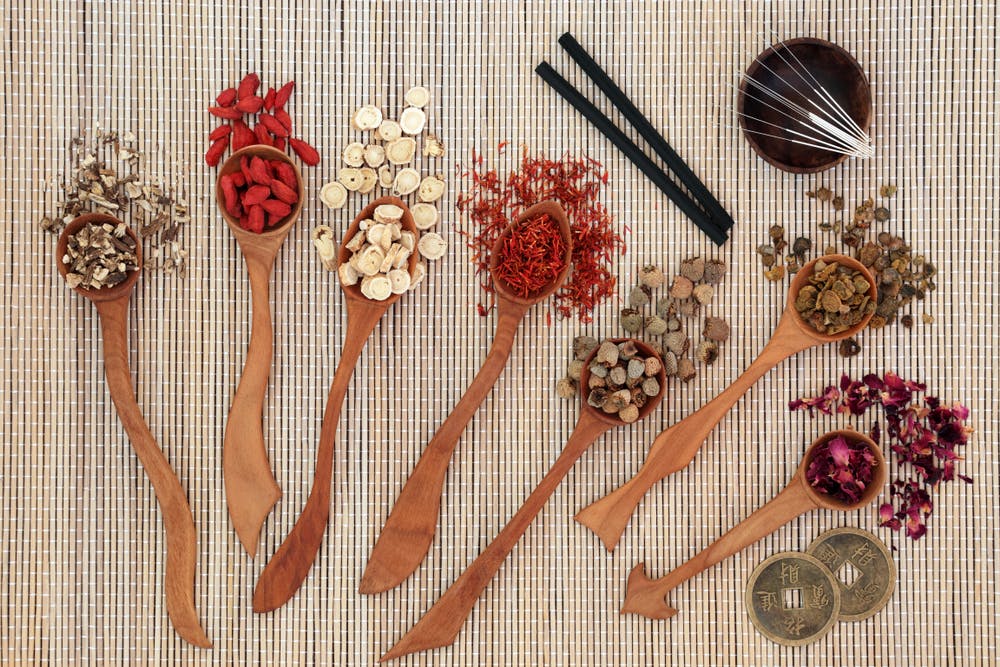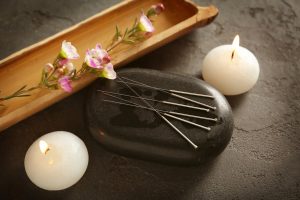The Beginner's Guide toTraditional Chinese Medicine
All Things Health website features a summary and introduction to Traditional Chinese Medicine, its history, culture, and products.
Traditional Chinese Medicine, Explained
Traditional Chinese Medicine (TCM) has existed for more than 2,500 years. Codified for centuries, it is rooted in Chinese history, culture, cuisine, knowledge, and philosophy. In addition, it continues to be strengthened and improved using modern science and technology.
Nutritional products, herbal remedies, and health supplements are carefully produced and heartily enjoyed by everyone young and old. Whether we’re drinking a herbal tea or undergoing acupuncture, TCM can play a significant role in our lives.


Traditional Chinese Medicine, Defined
But what’s TCM exactly? Simply put, TCM focuses on treating a person holistically. This is vastly different from Western medicine, which usually focuses on diagnosing and treating a person’s illness by looking at their symptoms. In other words, a TCM physician won’t just treat your ailment, but help you achieve a balance of the mind and body.
Here are a few key concepts that make up the foundation of TCM:
藏象
Zang Xiang
Zang refers to the internal organs, whereas Xiang refers to an observable phenomenon. Together, Zang Xiang translates to internal organs and the external manifestations of a person’s physiological and pathological states.
In TCM, physicians will examine a person’s physical symptoms to determine the root cause of a particular illness before prescribing or administering the appropriate treatments.
脏腑
Zang Fu
The concept of Zang Fu in TCM is more than anatomical morphology. The functions of these organs are extensive and not limited to just the functions of the organs with the same names in modern medicine but also cover certain functions of other related organs.
Zang comprises the 5 organs with more internal functions (wu zang, 五脏) — Heart, Liver, Spleen, Lung and Kidney — and 6 organs with more external functions (liu fu, 六腑) — Gall Bladder, Stomach, Bladder, Large Intestines, Small Intestines, and Triple Energiser.
Triple Energiser (san jiao, 三焦) describes the upper (above the diaphragm), middle (in between diaphragm and belly button), and lower (below belly button) regions of the body.
阴阳
Yin and Yang
A central maxim within Chinese philosophy states that everything in the universe comprises two opposite yet interdependent forces called Yin and Yang. Some examples of the former include water, dark, cold, night, passive, female; while examples of the latter are fire, bright, hot, day, active, male. These opposites, the Yin and Yang, cannot exist without each other.
Understanding Yin and Yang is important within TCM because it helps us understand the connections and changes in our body, health, and well-being. As mentioned earlier, TCM is all about creating balance in our body, because if any organ, region, or forces lacking or is in excess, then our body becomes imbalanced and thus we become unhealthy. TCM physicians utilise Yin and Yang to diagnose any form of imbalance or disharmony, and then to determine treatment.
五行
The 5 Elements
In the five-element TCM concept, each element — Earth, Fire, Wood, Metal, and Water — has its own literal and philosophic meaning. While the 5 elements are constantly moving and changing, there are 2 flows among them: the mutual nourishment cycle (相生) and the mutual restrain cycle (相克), which have naturally positive, or negative influences on each other.
This concept can provide a multi-dimensional view of our internal organs and help TCM physicians recognise imbalances. Because of this, TCM physicians spend years trying to understand how our bodies are connected to external elements like colours, foods, seasons, and the weather.
气
Qi
The best way to understand qi is to think of it as a life force or energy. Everything in this natural, material world has qi. Even the universe, which causes the ebb and flow of everything, has qi. In TCM, there are two kinds of qi: genuine (or normal) and evil (or pathogenic) qi. The former comprises the essentials we need for life, while the latter is bad for health.
When our qi is balanced and in harmony, we can be in good health and well-being, and experience contentment. When our qi is stagnated or deficient, we may suffer from illness and pain.
Harnessing the Benefits of Traditional Chinese Medicine
TCM is generally safe for use by people of all ages. However, it is advisable for you to speak to your doctor and TCM physician before undergoing treatment or consuming any herbal remedies or supplements. Specifically, people with serious health conditions, pregnant or breastfeeding mothers, and the elderly should exercise caution when partaking in TCM.

Treatments such as acupuncture, cupping, moxibustion — burning of a herb near the skin — Qi Gong and Tui Na have been found to promote health benefits. Herbal remedies can also help with problems like allergies, infertility, chronic fatigue, pain management, as well as diarrhea and constipation. In the same way, preventing illness and improving their health are a couple of reasons why TCM products are consumed by many.
Whether you’re a world-class athlete or a secondary school student, there’s something in Traditional Chinese Medicine for everyone. Now that you’re here, do check out our articles to learn more about how TCM can benefit your health the natural way.
